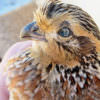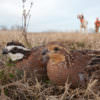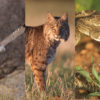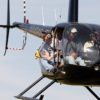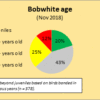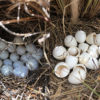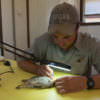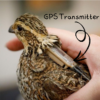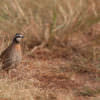
Quails, small game birds renowned for their resilient nature, face numerous challenges in their habitats, ranging from habitat loss to predation. However, amidst the backdrop of climate change, altering weather patterns could potentially bring about unforeseen advantages for quail populations. As an eternal optimist when it comes to quail, I’d like to explore how changing weather patterns may serve as a positive catalyst for the resurgence of quail populations, highlighting the intricate interplay between climate dynamics and ecological balance.
-
- Expanding Habitat Range:As climate change drives shifts in temperature and precipitation patterns, previously unsuitable habitats may become conducive to quail survival. Warmer temperatures could extend the range of quail habitats further northward, providing new territories for colonization. Moreover, alterations in precipitation regimes might create favorable conditions for vegetation growth, offering ample cover and food sources for quails.
- Increased Breeding Success:Fluctuations in weather patterns can significantly impact quail breeding success. Mild winters and early springs may facilitate earlier breeding seasons for quails, allowing them to capitalize on optimal conditions for nesting and rearing offspring. Furthermore, a longer growing season resulting from warmer temperatures can enhance the availability of insects and seeds, crucial components of quail diets during breeding periods.
- Improved Habitat Quality:Changes in weather patterns can influence vegetation composition and structure, directly impacting habitat quality for quails. While excessive droughts may initially pose challenges, intermittent periods of heavy precipitation can stimulate vegetation growth, leading to the proliferation of grasses, forbs, and shrubs favored by quails. Additionally, altered fire regimes, another consequence of climate change, may promote the creation of patchy habitats, which are ideal for quails due to the diversity of cover types they provide.
- Mitigation of Predation Pressures:Changing weather patterns can disrupt the foraging behaviors of predators, potentially alleviating predation pressures on quail populations. Shifts in temperature and precipitation may influence the abundance and distribution of predators, leading to fluctuations in predation rates on quail nests and fledglings. Additionally, extreme weather events such as storms and floods can temporarily disrupt predator-prey dynamics, offering reprieves for quails to thrive and reproduce.
- Adaptation Opportunities: Quails, renowned for their adaptability, may possess the inherent flexibility to capitalize on changing weather patterns. Through phenotypic plasticity and behavioral adjustments, quails can exploit emerging ecological niches and resource availability, allowing them to persist in dynamic environments. Furthermore, selective pressures exerted by climate change may drive evolutionary changes in quail populations, leading to the emergence of traits conducive to coping with novel environmental challenges.
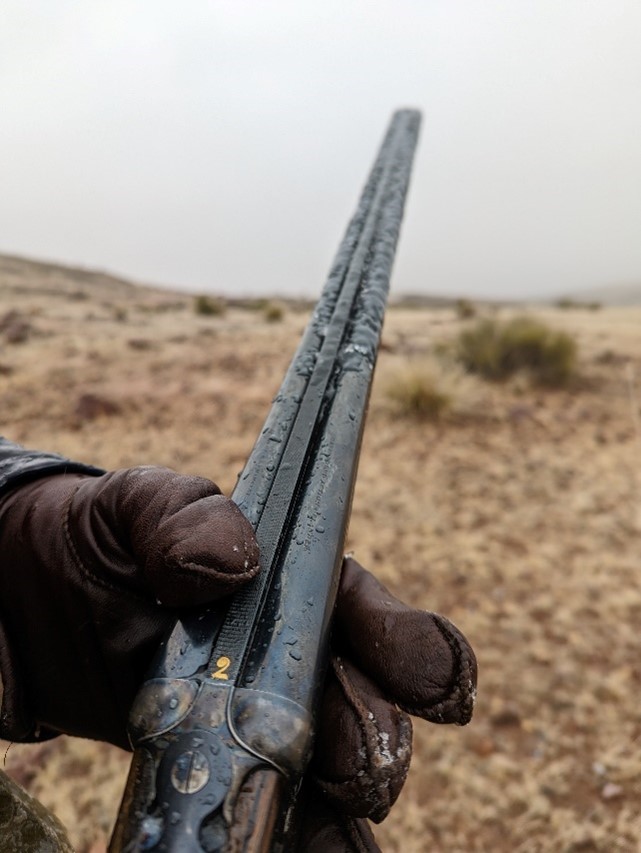 Collaborative Conservation Efforts: Recognizing the potential benefits of changing weather patterns for quail populations underscores the importance of collaborative conservation efforts. By leveraging scientific research and community engagement, stakeholders can implement adaptive management strategies aimed at enhancing habitat resilience and fostering quail-friendly landscapes. Moreover, integrating climate change considerations into conservation planning can ensure the long-term viability of quail populations in the face of environmental uncertainty.
Collaborative Conservation Efforts: Recognizing the potential benefits of changing weather patterns for quail populations underscores the importance of collaborative conservation efforts. By leveraging scientific research and community engagement, stakeholders can implement adaptive management strategies aimed at enhancing habitat resilience and fostering quail-friendly landscapes. Moreover, integrating climate change considerations into conservation planning can ensure the long-term viability of quail populations in the face of environmental uncertainty.
In conclusion, while climate change poses multifaceted challenges for biodiversity conservation, it also presents unforeseen opportunities for species resilience and adaptation. For quail populations, changing weather patterns hold the potential to usher in favorable conditions conducive to population growth and habitat expansion. By embracing the complexities of climate dynamics and adopting proactive conservation measures, we can strive to safeguard quails and their ecosystems for future generations to enjoy. by Dr. Ryan O’Shaughnessy

